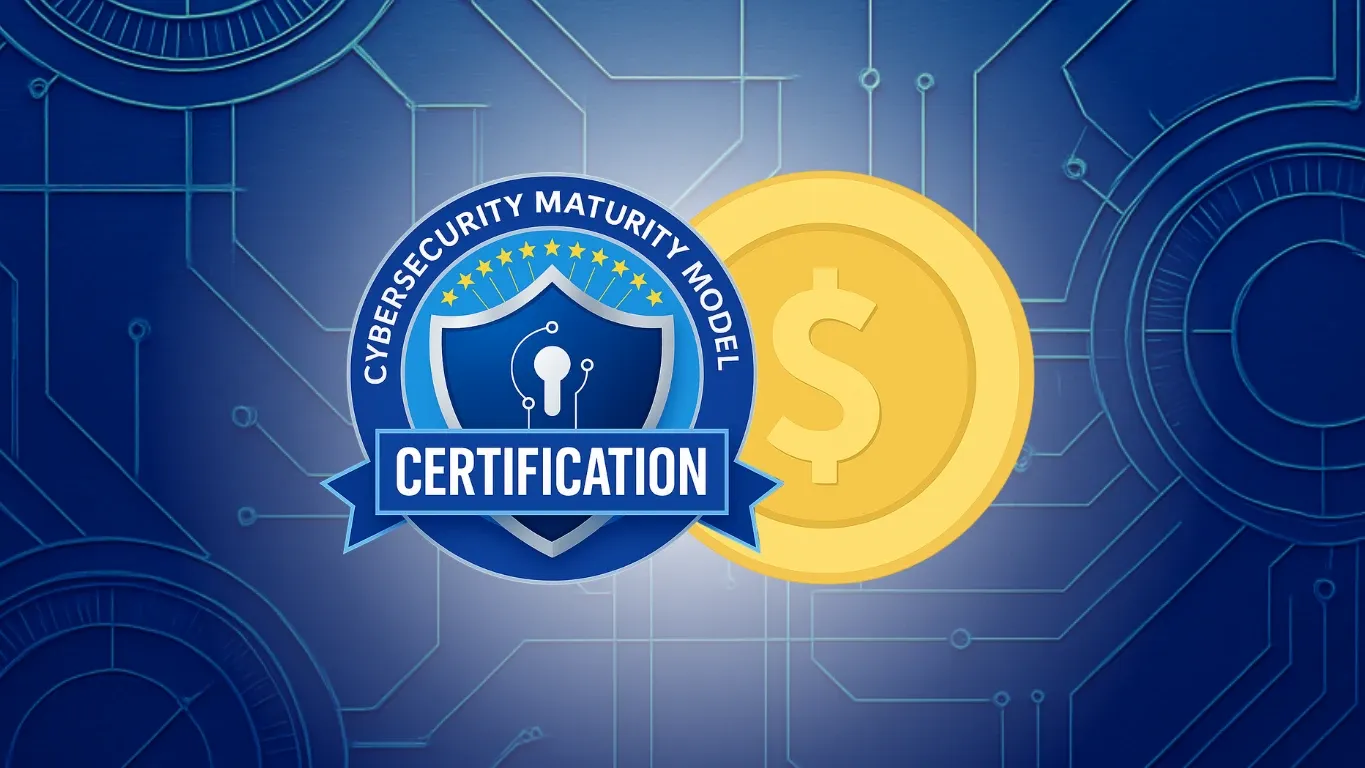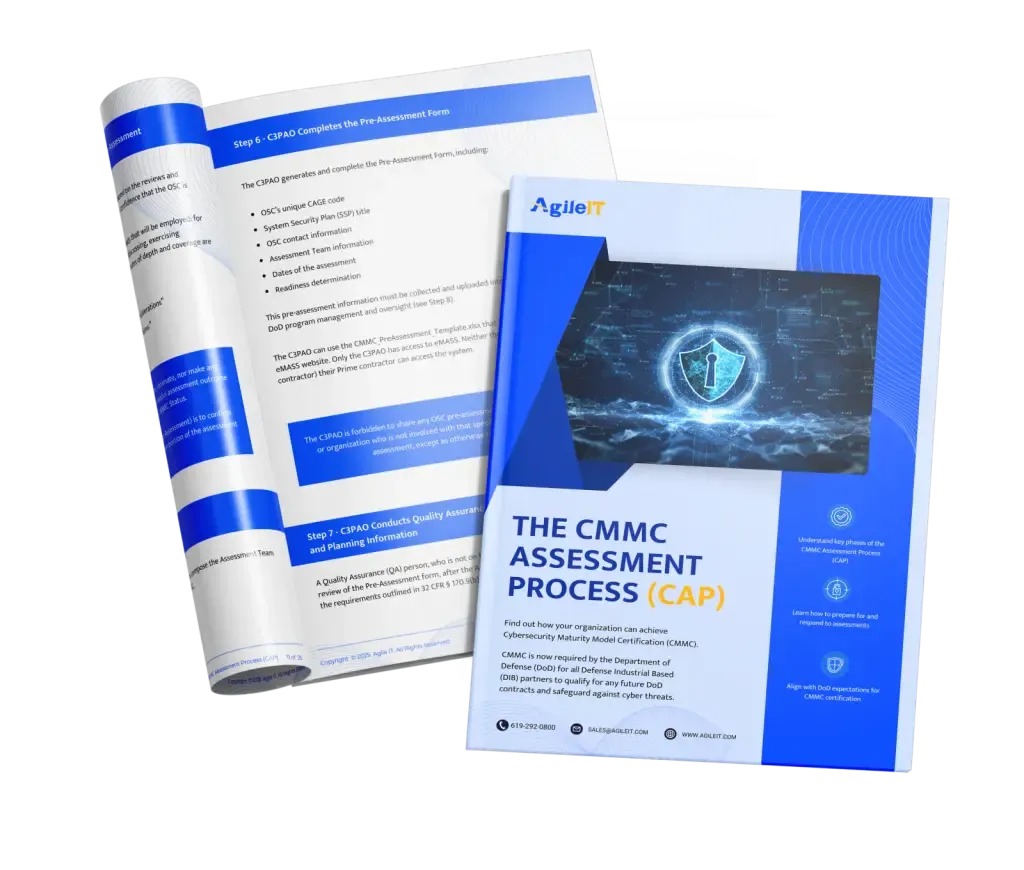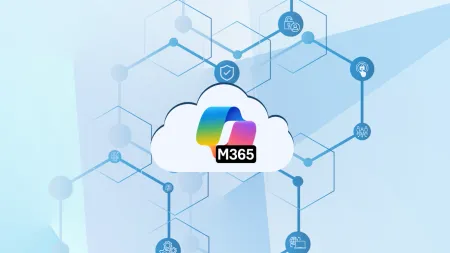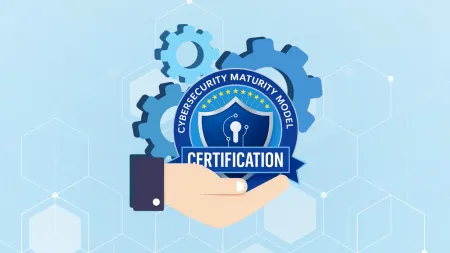The Real Cost of CMMC: Catching Up on What You Were Already Supposed to Be Doing
CMMC isn’t introducing new rules, it’s enforcing what should already be in place. Learn what’s really driving the cost of CMMC compliance.

The Real Cost of CMMC: Catching Up on What You Were Already Supposed to Be Doing
As more defense contractors prepare for the Cybersecurity Maturity Model Certification (CMMC), one concern keeps coming up: the cost. Many organizations assume the bulk of the expense lies in the formal assessment process. But the truth is more revealing—and, for some, more alarming.
The real cost of CMMC isn’t the certification itself. It’s the price of finally doing what your contracts have required for years.
CMMC: A Wake-Up Call, Not a New Rule
Let’s be clear: CMMC doesn’t introduce new security requirements—at least not at Levels 1 and 2. Instead, it formalizes and verifies what should already be happening. It’s all about making sure sensitive information like Federal Contract Information (FCI) and Controlled Unclassified Information (CUI) is protected.
Here’s a quick breakdown:
- Level 1: Basic safeguarding for FCI, based on FAR Clause 52.204-21.
- Level 2: Protection of CUI, aligned with NIST SP 800-171 Rev 2.
- Level 3: Advanced protections derived from NIST SP 800-172 (this one’s still in the works).
So, if your organization is just now scrambling to meet these requirements, the issue isn’t that CMMC is too expensive. It’s that compliance is catching up with you.
- FAR 52.204-21 has been in place since June 15, 2016.
- DFARS 252.204-7012, which mandates NIST SP 800-171 implementation, has been effective since December 31, 2017.
What CMMC really does is verify that these existing requirements are actually being followed—moving from a trust-but-don’t-verify model to actual assessments.
The DoD’s View: You Should Have Done This Already
When the Department of Defense calculated the cost of CMMC to upwards of $100,000 depending on the size of your organization, they did not include the cost of implementing cybersecurity requirements. Why? Because you were already supposed to be doing those things.
The costs they do include are related to the 3rd party verification process:
- Preparing documentation and evidence
- Going through the assessment
- Submitting compliance affirmations
- Hiring a Certified Third-Party Assessment Organization (C3PAO) for Level 2 certification assessments
Only for Level 3, which includes new NIST SP 800-172 controls, does the DoD count implementation as part of the cost.
Why It Still Feels Expensive
So, if these rules have been around for years, why does CMMC feel like such a burden now?
Simple: Many companies either never fully implemented the original requirements—or failed to maintain them over time. What may have once passed with self-attestation is now being held to a higher, verifiable standard. With formal assessments under CMMC 2.0, there’s no hiding behind a checkbox or a compliance spreadsheet. You must demonstrate—with evidence—that the controls are operational and effective.
And that means real investments, including:
- Updated Policies and Procedures: Many organizations need to start from scratch or overhaul outdated documentation to reflect actual practices and NIST SP 800-171 control alignment.
- Technical Security Tools: This includes endpoint detection and response (EDR), multi-factor authentication (MFA), data loss prevention (DLP), SIEM logging solutions, vulnerability management platforms, and more.
- System Upgrades: Legacy systems often can’t meet modern encryption, access control, or monitoring requirements. Replacing or hardening them is essential.
- Employee Training: CMMC requires that users understand their cybersecurity responsibilities. Ongoing, role-specific training is now a must.
- Security Monitoring & Managed Services: Compliance isn’t a “set it and forget it” process. Many contractors will need to invest in managed detection and response (MDR), logging services, or managed compliance programs to stay compliant between assessments.
- Third-Party Assessment Costs: For Level 2 certification assessments, hiring a C3PAO is required. This alone can cost tens of thousands of dollars depending on your scope.
- Consulting and Compliance Experts: Most companies don’t have CMMC or NIST experts in-house. This is where partners like Agile IT come in—to help you:
- Identify your CUI footprint
- Define and isolate your assessment boundary
- Design and implement a CMMC enclave, if applicable
- Prepare for third-party assessments with audit-ready documentation and gap closure plans
What Happens If You’re Not Ready?
Failing to meet your required CMMC level means you may be ineligible for contracts that list that level as a condition for award. If you’re granted a conditional certification (which is allowed in some cases with POA&Ms), it’s only good for 180 days. If you don’t close those gaps in time, you’re out of compliance—and possibly out of business with the DoD.
Worse, misrepresenting your compliance could lead to False Claims Act penalties. Check out our blog on it here.
The Bottom Line
CMMC doesn’t create entirely new cybersecurity burdens—it enforces the ones that were already there. While assessments add some process and administrative overhead, the major expense for many organizations is the long-overdue work of getting compliant with foundational cybersecurity rules.
For companies that are already following FAR and DFARS requirements, CMMC should be a relatively straightforward process. For others, it’s a wake-up call—and a deadline.
Looking for a guide that wants to help you keep your contracts, secure new bids, and allow your team to focus on your ability to thrive? Look no further! Agile IT is here to help you!






